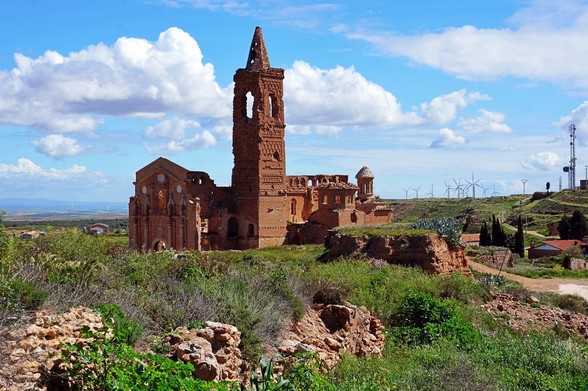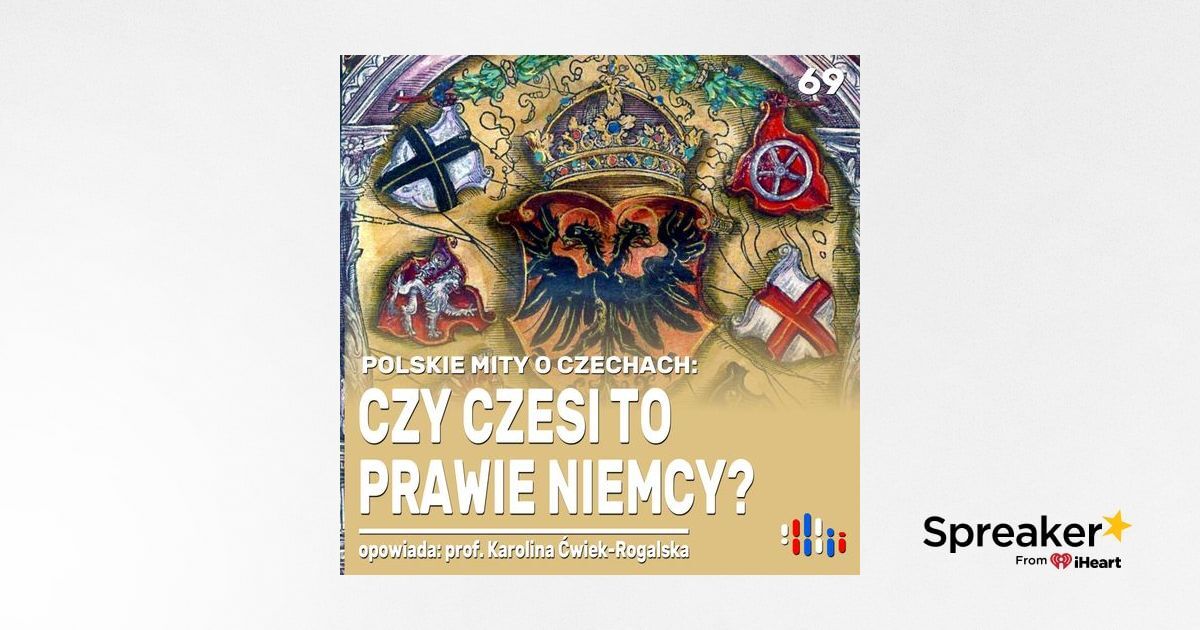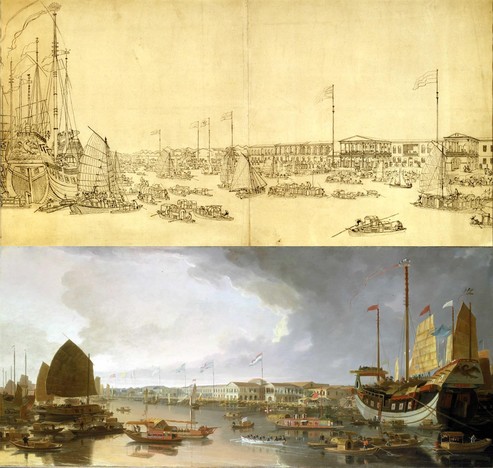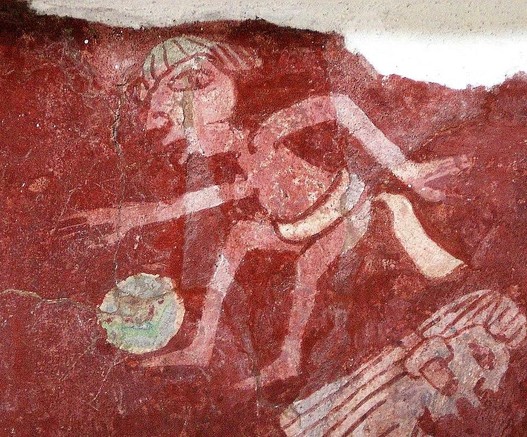Nuevo episodio del podcast: Héroes del fin del mundo | Clodomiro Picado Twigth
Dani nos trae a un héroe olvidado de la salud pública, y si bien viene desde Costa Rica, también es un hermano del fin del mundo
https://podcasters.spotify.com/pod/show/ciencia-del-fin-del-mundo/episodes/Hroes-del-fin-del-mundo--Clodomiro-Picado-Twigth-e31cu51
#ciencia #podcast #Ciencia_fm y a veces #historia
Recent searches
Search options
#historia
Objetos cotidianos, como este pequeño juguete de cerámica, son los verdaderos tesoros que encontramos en arqueología. Contar la historia de las personas que no sale en los libros de #Historia
+ gestos
- gestas
Kun sisäänpääsykokeita ollaan pakkomuuttamassa omituisiksi monialamonivalintakokeiksi tai jotain sinne päin, niin olen lohduttautunut sillä, että suurin osa opiskelijoista valitaan ylioppilaskirjoitusten perusteella ja että he ovat ainakin kirjoittaneet jotain pidempääkin tekstiä. Mutta nyt tilanne voikin muuttua. Aika surkeaa, koska äkkiä sitten se, miltä ylioppilastutkinto / pääsykoe näyttää, vaikuttanee siihen, millaisia kokeita teetetään siihen valmistauduttaessakin.
#Ylioppilaskirjoitukset #Reaaliaineet #Historia #Pääsykokeet #HuonotUudistukset

Una comunidad prehistórica vivió mil años sin jerarquías ni desigualdad en el asentamiento de la Edad del Cobre más extenso de Europa
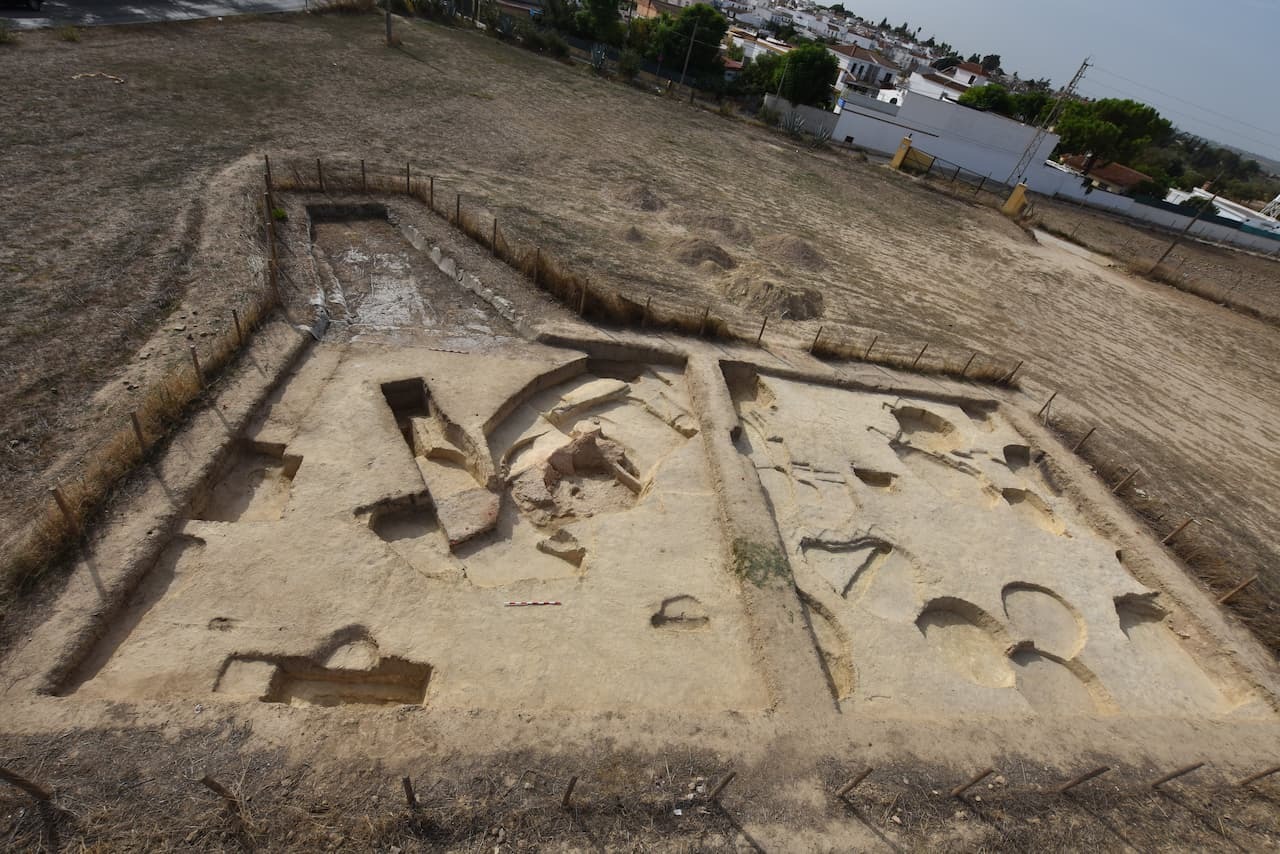
The town, whilst heavily bombarded, did survive the war, many of the buildings in these images were still inhabited into the 1950s. But Franco wanted to make an example of the town, being one of few the Republicans captured after Nationalists had seized parts of the country. So a new town was built, soulless and suburban, and now home to a population a third the size of what it was before the civil war.
Franco insisted the old town be left to rot as a monument to what communism does, ironic of course as it is the clearest example of what fascism does.
Highly recommend visiting. The area was a front line in the civil war and therefore there is a lot of history around.
#belchite #history #spain #españa #historia #civilwar #guerracivil #franco #españarepublica #internationalbridgades #travelphotography #photography #sony #nex
"Rachando coa Historia das mulleres como nola contaron: "As aguerridas corsarias do século XVIII"": https://www.galiciaconfidencial.com/noticia/289224-rachando-coa-historia-mulleres-nola-contaron-aguerridas-corsarias-seculo-xviii
#historia #historiadegaliza
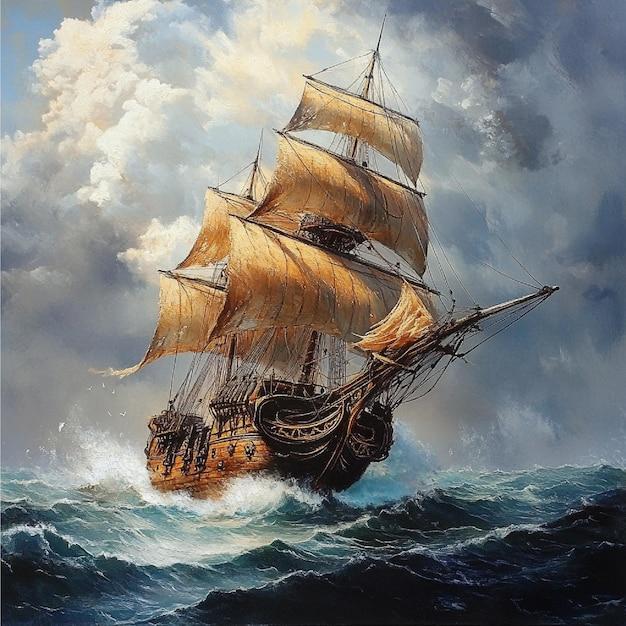
CZECHOSTACJA
Czy Czesi to tacy mali Niemcy? | opowiada: prof. Karolina Ćwiek-Rogalska
Adres strony odcinka: https://www.spreaker.com/episode/czy-czesi-to-tacy-mali-niemcy-opowiada-prof-karolina-cwiek-rogalska--65408181
Plik multimedialny: https://api.spreaker.com/download/episode/65408181/czy_czesi_to_mali_niemcy.mp3
Tein aiemmion kyselyn tästä emojista/käsimerkistä ().
Halusin nähdä kuinka ihmiset tulkitsevat tai tietävät ennestään kyseisen käsimerkin tarkoituksen. Äänestystuloksen perusteella 14% äänestäjistä tiesi käsimerkin alkuperäisen merkityksen.
Kyseessä on hyvin vanha käsimerkki. Merkin tarkoitus on ilmaista "I love you" tai "love you". Sanojen ensimmäiset alkukirjaimet sormitetaan samanaikaisesti sormiaakkosina eli I, L ja Y.
Käsimerkin historia on pitkä, se ulottuu 1900-luvun tienoolle ja on tullut alkujaan amerikkalaisesta viittomakielestä. Kyseinen käsimerkki on levinnyt viime vuosikymmeninä sosiaalisen median kautta laajasti yleiseen käyttöön ympäri maailmaa. Tätä käytetään myös täällä meillä Suomessakin viittomakielisten kesken.
Äänestystulokset voit lukea täältä: https://mementomori.social/@mustikkasoppa/114279578956664082
En 1934 el periódico Luz inició la campaña «Por un Madrid menos feo». Valle-Inclán propuso derribar el Círculo de Bellas Artes e incendiar media ciudad #historia
http://www.agenteprovocador.es/publicaciones/lo-bonito-de-las-revoluciones-es-lo-que-tienen-de-destructor-ghac7

«El oro y las perlas cubrían el mar» El tráfico marítimo internacional entre 1757 y 1842 fue de las Trece Casas Comerciales de Guangzhou.
https://confuciomag.com/trece-casas-comerciales-canton
Las Trece Casas eran los establecimientos autorizados por China para traficar con mercaderías marítimas extranjeras en todo el país, y sólo desde Guangzhou.
Su número nunca fue 13 exactamente, pero ha quedado para la historia.
China prohibía cualquier tipo de contacto entre los extranjeros, los funcionarios y el pueblo.
A los forasteros solo se les permitía residir alrededor de la zona de las Trece Casas Comerciales.
El sistema se abolió en 1842 con la firma del Tratado de Nankín, tras la Primera Guerra del Opio.
Esta guerra entre China y Reino Unido se fundamentó en la negativa de China de permitir el comercio ilegal de Opio por parte de los británicos con su país.
Estalló cuando el comisionado Lin Zexu confiscó y destruyó grandes cantidades de opio en Guangzhou, en 1839.
IMAGEN:
Arriba:
Esbozo de William Daniell en 1785 de su cuadro posterior «Vista de las Trece Casas Comerciales en 1805». Dominio público.
https://commons.wikimedia.org/w/index.php?curid=10110409
Abajo:
Vista de las Trece Casas Comerciales en 1805». De William Daniell - National Maritime Museum. Dominio público. https://commons.wikimedia.org/w/index.php?curid=10110340
Efeméride: 7 de abril de 1948.
Se funda la Organización Mundial de la Salud (OMS), con el objetivo de alcanzar el nivel más alto posible de salud para todos los pueblos. Desde entonces, lidera la respuesta global ante emergencias sanitarias.
Una pregunta para la mente colmena de Mastodon y el Fediverso:
¿Conocéis algún recurso online que explique de manera más o menos extensa el funcionamiento de las justas de caballeros en la Edad Media?
Se agradecen los impulsos para que llegua a más personas y que tenga recorrido.
Una pregunta per a la ment eixam de Mastodon i el Fedivers:
Coneixeu algun recurs online que expliqui de manera més o menys extensa el funcionament de les justes de cavallers de l'Edat Mitjana?
S'agraeixen els impulsos per arribar a més persones i que tingui recorregut.
En China también tenían historias del lejano oeste con justicieros solitarios. #china #historia #history
https://resolviendolaincognita.blogspot.com/2023/05/youxia-los-justicieros-errantes-chinos.html
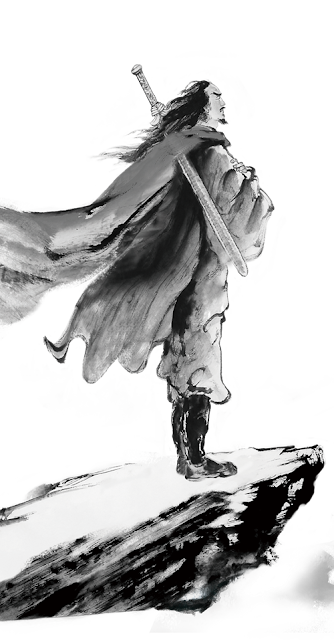
Jos vanhat tiet ja paikat kiinnostaa, niin tänään julkistettiin todella mielenkiintoinen (kartta)tietokanta: https://projects.tuni.fi/viabundus-suomi/.
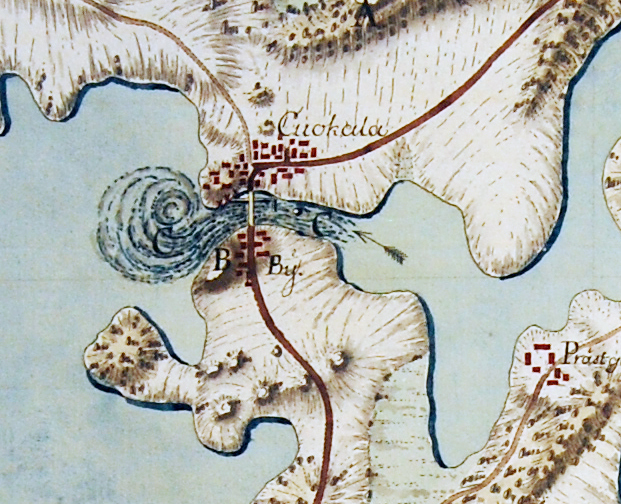
Juegos y deportes: pelota mesoamericana vs fútbol global.
️ #Historia #Deporte #JuegoDePelota #Aztecas #Sacrificios
La influencia de Coretta Scott King en el movimiento por los derechos civiles
Coretta Scott King dijo en 1966: “Las mujeres han sido la columna vertebral de todo el movimiento por los derechos ci
https://afrofeminas.com/2025/04/02/la-influencia-de-coretta-scott-king-en-el-movimiento-por-los-derechos-civiles/
#Actualidad #Antirracismo #Historia #ReferentesNegros #afrodescendientes #Afrofminas #CorettaScottKing #dispora #discriminacin #MartinLutherKing #MujerNegra #racismo #SerechosCiviles
Efeméride: 2 de abril de 1982.
Argentina desembarca tropas en las islas Malvinas, iniciando un conflicto armado con el Reino Unido. La guerra duró 74 días y dejó profundas huellas en la memoria colectiva argentina.
Si os apetece leer un relato corto de fantasía contemporánea, en mi carrd podéis descargarlo en formato epub.
Link: https://aline-eg.carrd.co/#relatos
O si lo preferís, también está en Wattpad: https://www.wattpad.com/story/376929747-lilium-relato






